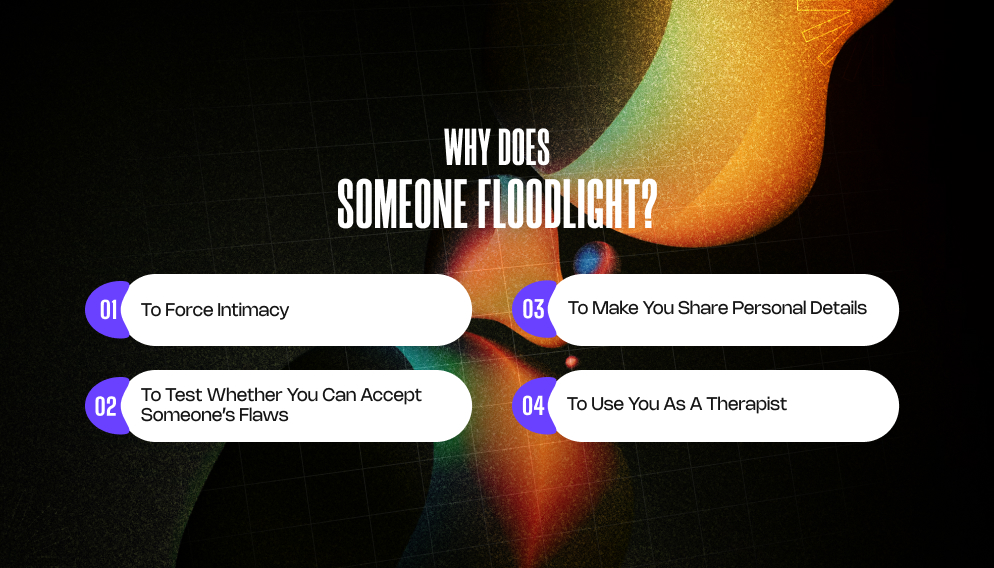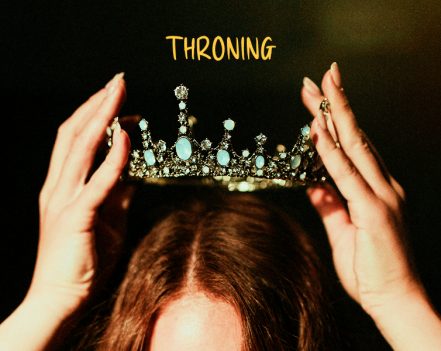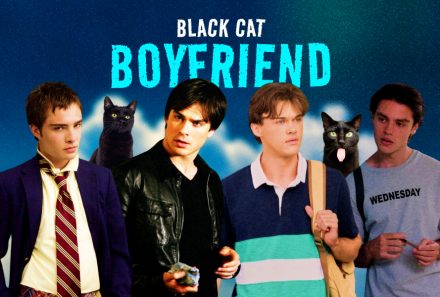- Floodlighting is all about oversharing highly emotional and intimate details very soon into dating someone.
- Someone can intentionally floodlight you to test and find out whether you are fine with their flaws.
- It is also possible that someone wants to force an emotional connection.
- This habit creates false intimacy, starting the relationship on the wrong note.
Floodlighting. Trauma-dumping. Or just good old oversharing – doesn’t it all appear the same? It does to me! Naturally, I wasn’t surprised to find out that these behaviors are the result of harmful intentions.
On top of that, the modern dating scene has become all about labels and buzzwords for toxic behavioral patterns and dating trends.
In most cases, you will see that it’s less of a trend, with the trend in question existing for several years – it’s only now that the labels have come through. Having said that, it is also true that most of these actions do appear to be manipulative and cold in nature, either consciously or subconsciously.
And floodlighting is one such example that is gaining a lot of traction on social media. In fact, Brené Brown, the author of ‘The Power of Vulnerability: Teachings on Authenticity, Connections and Courage,’ said, “floodlight occurs when we share too much information about ourselves and our lives in an attempt to protect ourselves from real vulnerability.”
Yeah, so you are not oversharing, you are floodlighting. In my blog on the same, I will talk about:
- What is floodlighting?
- Why does some floodlight?
- Is floodlighting dangerous?
Stay tuned.
What Is Floodlighting?

There’s only so much that you can share on your first date with someone – like where you are from, what you plan on ordering, and stuff like that.
Moreover, you can talk about your interests, background, and hobbies. And then if the conversation is flowing organically, there can be a few TMI moments, like how you did something crazy on your last vacation.
And then there’s direct trauma-dumping, A.K.A. floodlighting.
Brené Brown actually used the word in her book, ‘Daring Greatly: How the Courage to Be Vulnerable Transforms the Way We Live, Love, Parent, and Lead.’
Moreover, so many people have been using this term on social media while sharing their floodlighting stories and experiences – how their not-yet-significant others have floodlighted them in casual interactions and even on dates.
The term ‘floodlighting’ involves sharing very intimate, personal, and highly emotional details about yourself too soon in dating or even in relationships, especially when both parties have not established a mutual connection and trust.
For instance, imagine talking about your expectations from a relationship or how your former partner cheated on you. This becomes more true when a person intentionally overshares – the person is not accidentally letting out personal details. Rather, it’s intentional.
Why Does Someone Floodlight?

As I was saying, floodlighting is always intentional – you are oversharing too much, knowing you should probably avoid doing so. So, what could possibly be the intention behind floodlighting?
1. To Force Intimacy:
It takes time to connect with someone on a deeper level. So, if you want to bypass that time and build something real within a short span of time, then floodlighting is literally your best shot.
Imagine leaving your first date with someone, thinking, “Whoa, that guy really opened up to me. There must be something magical between us.”
2. To Test Whether You Can Accept Someone’s Flaws:
This one’s also pretty snarky, considering someone’s literally ‘testing’ you. Yep, someone is just thinking they are going to dump stuff about them on you to check whether you will accept their flaws or run away.
Moreover, this possibility really works for people with an anxious attachment style – can they handle me with all my flaws? Or will they run away?
3. To Make You Share Personal Details:
The floodlighter might just be thinking, “I’ll go on this date and find out personal stuff about my Tinder match” – why? To determine if you are worth their time and effort. For instance, someone can floodlight you to test whether you are emotionally available.
Also, it is possible that there might be a darker purpose – they can try to obtain personal details about your life to use them as leverage if things don’t work out in the future.
4. To Use You As A Therapist:
Therapy is expensive, with the fees for each session adding up to put a strain on your savings. So, unloading on a random person you just matched with on Bumble does seem like a convenient option – at least for people who does this!
*Please Note:
It is also possible that the primary purpose behind floodlighting could easily be a combination of all the above factors. Moreover, sometimes the floodlighter might not be aware of what they are doing – they might not even know they are oversharing with someone they have just met.
It becomes an ingrained behavioral pattern, making it come out organically, even when someone is doing it for manipulative reasons.
What To Do If You Are Floodlighting?

Of course, we are all guilty of doing something toxic in our relationships and dating lives – and that too at some point in our lives.
So, if you find yourself engaging in this toxic behavioral trend, then it is crucial to ask yourself: “Am I oversharing because I need reassurance, or is it because I want to build a deep connection?”
Therapy, particularly a trauma-focused approach, like IFS or EMDR, can help you slow down, create a sense of internal safety, and develop the type of relationships where security and vulnerability feel normal – and not overwhelming.
Moreover, building an emotional connection takes time – it’s like running a marathon, but people tend to think of it like a sprint. Your first date should feel like having a good conversation, and not going to therapy.
Is Floodlighting Dangerous?
Needless to say, floodlighting is dangerous. And I am not the only one who thinks that.
In this context, Jessica Alderson, a dating app expert and co-founder of So Synced, a dating app, told Glamour, “Floodlighting in dating is about using vulnerability as a high-intensity spotlight. It involves sharing a lot of personal details all at once, to test the waters, speed up intimacy, or see if the other person can ‘handle’ these parts of you.”
Moreover, I look at this behavioral pattern in two ways:
- As a compulsion to seek reassurance.
- As a tactic to rush or force intimacy.
According to Alderson, some of the biggest signs that someone is floodlighting include:
- An intense and fast emotional connection.
- An early and quick disclosure of personal information.
- A deep analysis of the reactions to the information shared.
- An unequal (or unbalanced) exchange of shared information.
For instance, you are on a first date with someone you just met. On this date, you start talking about your past trauma and share details about your former relationships. And how such experiences have impacted your ideas and opinions on loyalty and love, or how they make you insecure in your relationships.
While doing so, you are closely observing your date’s reactions, determining whether they can accept your flaws. It is a way of testing someone’s boundaries to see how much they can take.
While it might be common for some people to overshare personal details or be the victim of trauma dumping on a first date, understand that it is often done with ill, subconscious intent.
If you have been doing this, it’s time you get to the bottom of the issue and explore why you are doing it. Also, for vague discussion on modern dating, you can slide into my DMs!







